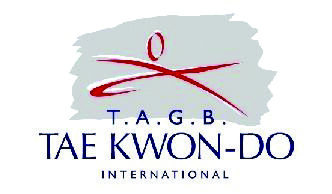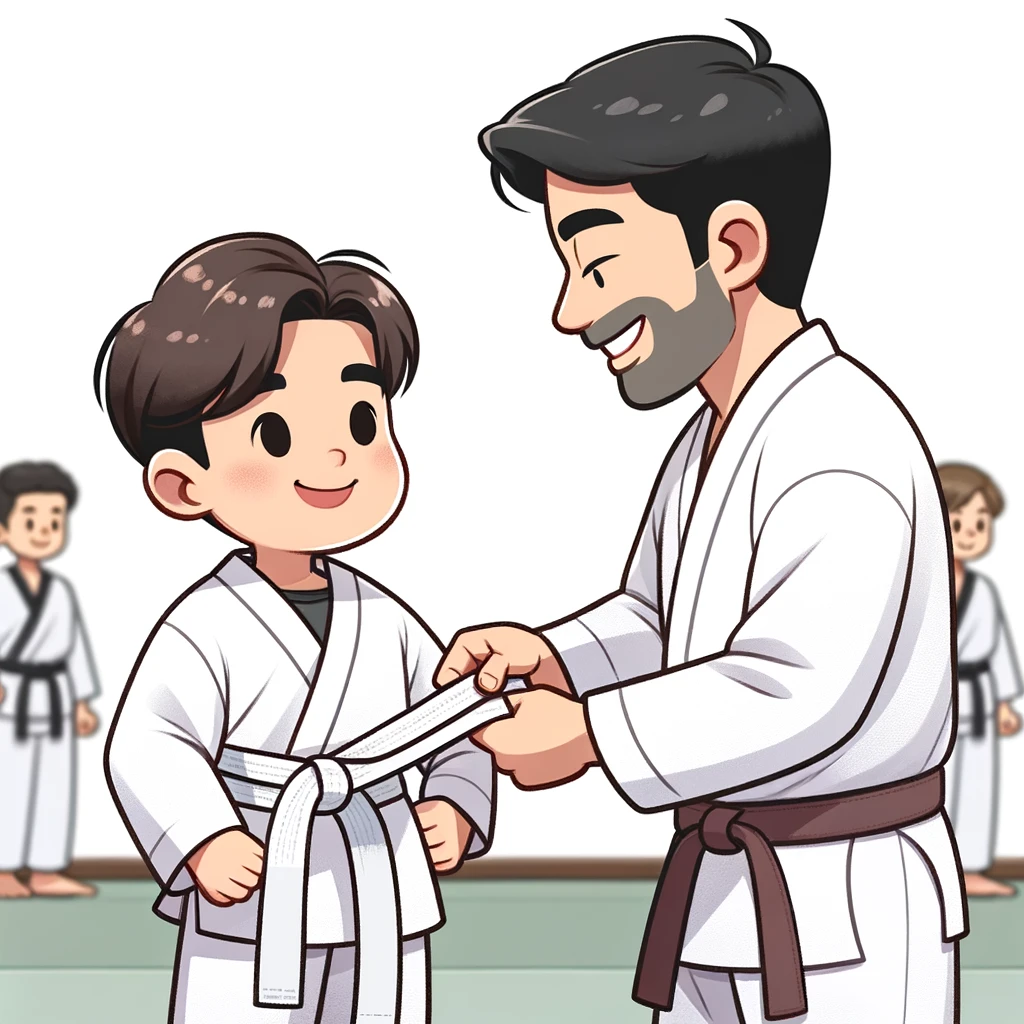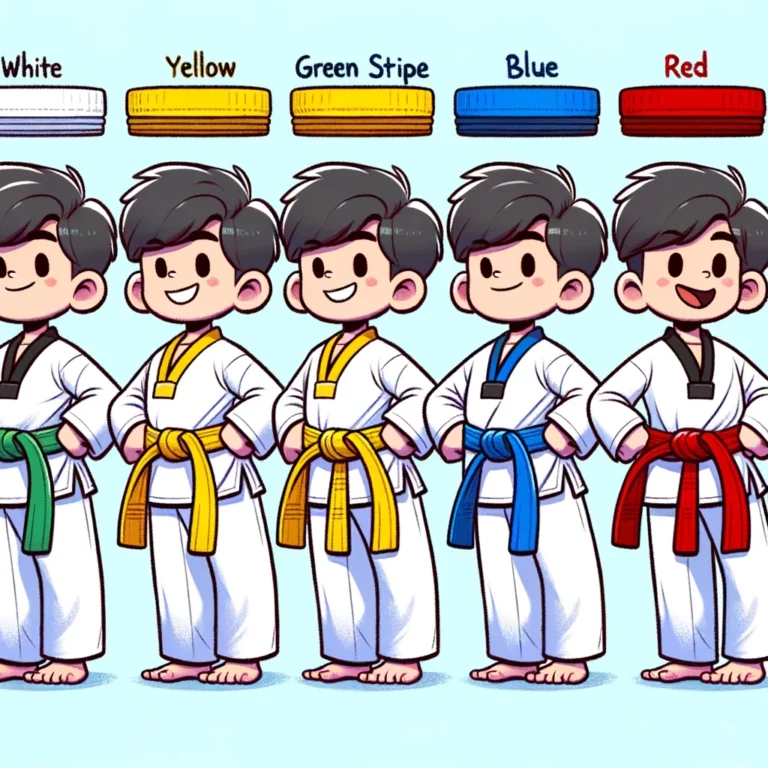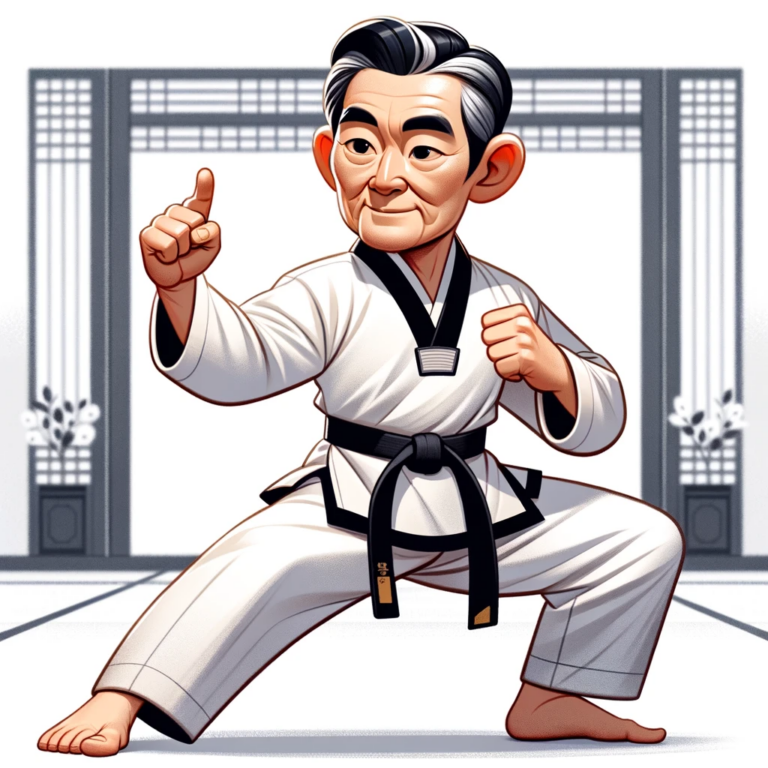The Role of a Taekwondo Teacher: Understanding the Responsibilities and Duties
What is a Taekwondo teacher called? An Instructor or teacher is known as a SABUM. As a taekwondo teacher, one’s role encompasses many responsibilities and duties. Firstly, it is crucial to provide guidance and instruction to students, ensuring they understand the techniques and principles of Taekwondo. This involves demonstrating the various movements and forms and explaining the philosophy and values behind this martial art. Additionally, taekwondo teachers are responsible for creating a safe and inclusive learning environment where students can build their skills, self-confidence, and discipline.
Furthermore, taekwondo instructors assume the duty of motivating and inspiring their students. This entails setting achievable goals and helping students work towards them through regular training and practice. Teachers help students overcome challenges and push their limits by providing constructive feedback and encouragement. Additionally, taekwondo teachers often serve as role models, demonstrating the values of respect, perseverance, and humility that are fundamental to this martial art. Through their guidance, instructors play a vital role in shaping the character and development of their students.
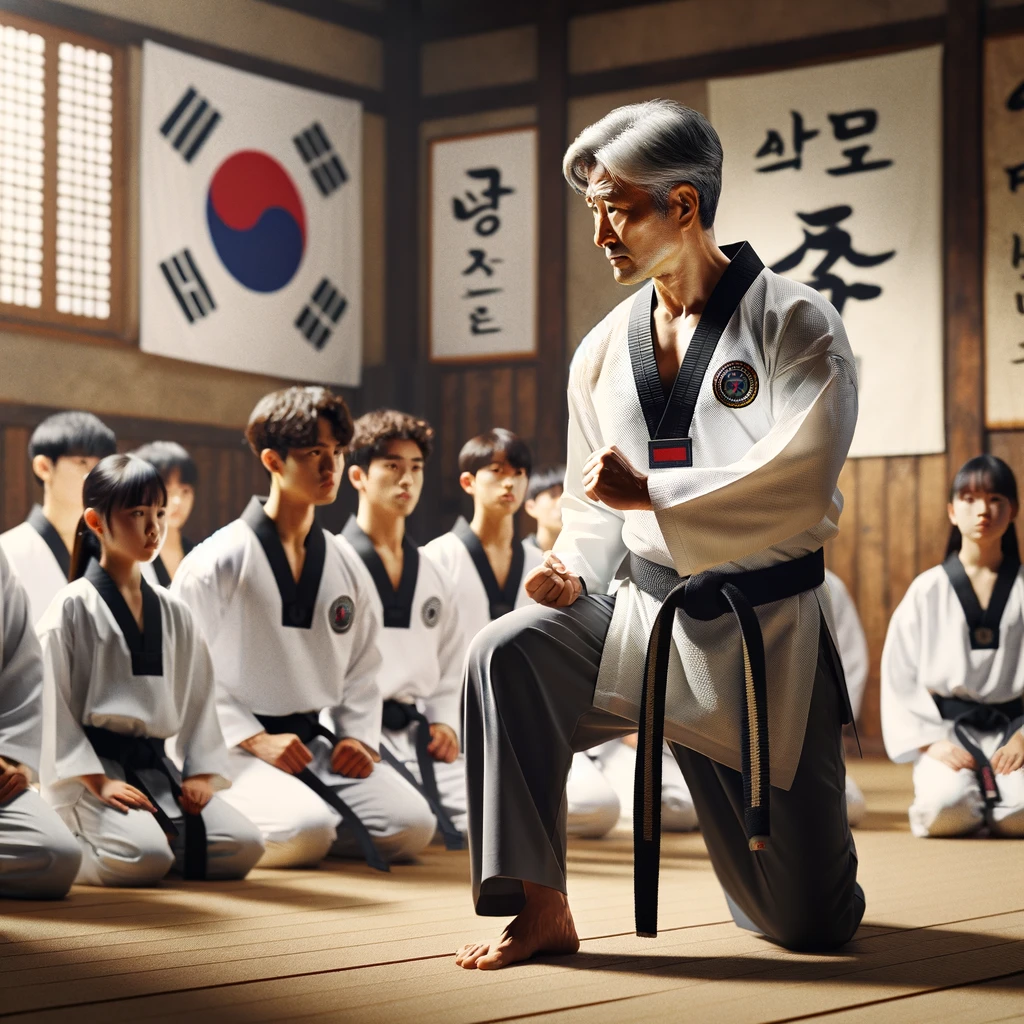
Qualifications and Training: Exploring the Requirements to Become a Taekwondo Teacher
Becoming a Taekwondo instructor requires rigorous training, dedication, and a deep understanding of the martial art. To qualify for this role, individuals must first attain a certain level of proficiency in Taekwondo. Achieving a black belt is often the minimum requirement, indicating mastery of the fundamental techniques, forms, and self-defence strategies. However, many aspiring teachers go beyond the minimum standard, further honing their skills to become more effective instructors.
In addition to technical proficiency, potential Taekwondo teachers must also undergo specific training in teaching methods and pedagogy. This training equips them with the necessary skills to effectively convey the principles and techniques of Taekwondo to students of varying ages and skill levels. Courses, workshops, and seminars covering lesson planning, classroom management, and effective communication are often available to aspiring teachers. Moreover, these programs often emphasise the importance of creating a supportive and inclusive learning environment, fostering positive relationships with students, and adapting teaching strategies to cater to different learning styles. Ultimately, the training process prepares individuals to excel in their practice and to guide and inspire others on their Taekwondo journey.
The Journey to Mastery: How Taekwondo Teachers Progress in Their Art
The journey to mastery in the art of Taekwondo is a process that requires dedication, discipline, and continuous learning. It begins with the foundation of basic techniques and principles, where aspiring teachers must first train to become proficient in the various kicks, punches, and blocks. This initial stage is crucial as it lays the groundwork for the subsequent stages of advancement.
As teachers progress in their art, they delve deeper into the intricacies of Taekwondo, including forms, sparring, and self-defence techniques. They strive to perfect their execution, timing, and precision to ensure effective teaching and demonstration. Alongside their physical training, aspiring teachers also expand their knowledge of Taekwondo’s philosophical aspects, understanding the principles of respect, discipline, and perseverance. They study the history and culture of Taekwondo, which adds richness and depth to their understanding of this martial art.

Teaching Methods and Techniques: Strategies Employed by Taekwondo Instructors
Taekwondo instructors employ various teaching methods and techniques to convey their knowledge and skills to students effectively. One common strategy is the use of visual demonstrations. By performing the procedures, instructors provide a clear and tangible example for students to observe and replicate. This visual learning approach allows students to comprehend the proper form, execution, and timing of each technique, enhancing their overall understanding and ability to perform the moves accurately.
Another technique adopted by Taekwondo instructors is the utilisation of verbal cues. Through concise and clear verbal instructions, instructors guide students in the correct execution and progression of techniques. These cues may include reminders about proper footwork, tips for improving balance and posture, and guidance on the timing of attacks and defences. Verbal cues are beneficial in reinforcing the visual demonstrations and helping students internalise the key concepts and movements of Taekwondo.
• Visual demonstrations: Instructors perform techniques, providing a clear example for students to observe and replicate.
• Enhances understanding: Allows students to comprehend the proper form, execution, and timing of each technique.
• Improves accuracy: Observing the instructor’s demonstration helps students perform moves accurately.
• Verbal cues: Instructors provide concise and clear verbal instructions to guide students in technique execution and progression.
• Reinforces visual demonstrations: Verbal cues help reinforce the concepts taught through visual demonstrations.
• Improves internalisation: Students can internalise key concepts and movements by receiving guidance through verbal cues.
Creating a Safe Learning Environment: Ensuring the Well-being of Students in Taekwondo Classes
Creating a safe learning environment is a crucial aspect of Taekwondo classes, as it ensures students’ overall well-being. Taekwondo instructors are responsible for maintaining a space free from any potential hazards or risks, allowing students to train and learn confidently. They must carefully assess the training area to ensure it is clean, well-maintained, and free from any obstacles that may threaten students’ safety.
In addition to physical safety, instructors also play a vital role in creating an emotionally safe and supportive environment for students. They must establish clear guidelines and expectations for behaviour, ensuring all students are treated with respect and dignity. By fostering a positive and inclusive atmosphere, instructors provide a space where students feel comfortable expressing themselves and making mistakes without fear of judgment. This enables students to develop their skills and self-confidence, ultimately enhancing their overall learning experience in Taekwondo.
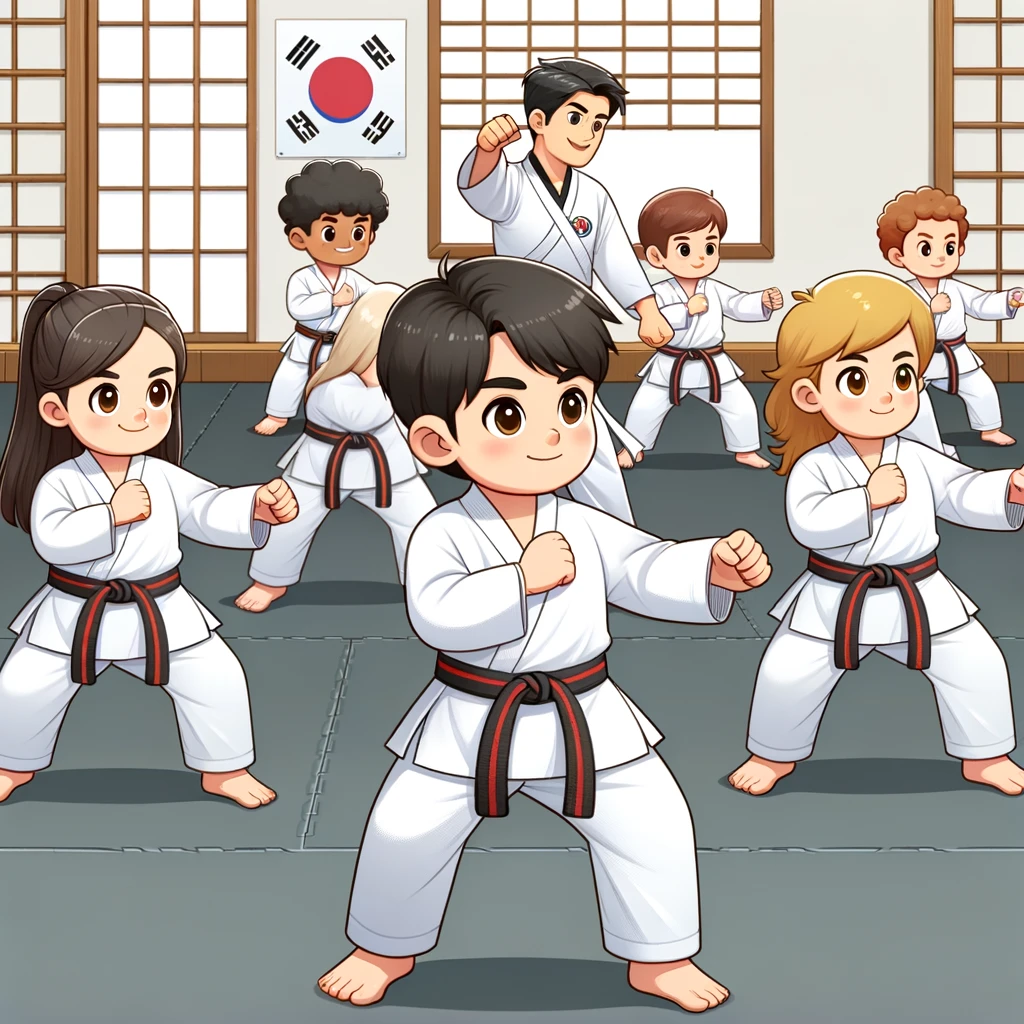
What are the primary responsibilities and duties of a Taekwondo teacher?
A Taekwondo teacher is responsible for instructing students in the techniques and principles of Taekwondo, ensuring their safety during classes, and fostering a positive and supportive learning environment.
What qualifications and training are required to become a Taekwondo teacher?
To become a Taekwondo teacher, one must typically have attained a high level of proficiency in the art, often reaching at least a black belt rank. Additionally, certification from a recognized Taekwondo organization or federation may be required.
How do Taekwondo teachers progress in their art?
Taekwondo teachers progress in their art through continuous training and practice. They may participate in advanced training programs, attend seminars and workshops, and compete in tournaments to enhance their skills and knowledge.
What teaching methods and techniques do Taekwondo instructors employ?
Taekwondo instructors use various teaching methods and techniques to educate their students effectively. These may include demonstration, verbal explanation, physical correction, and visual aids or props.
How do Taekwondo teachers ensure the well-being of students in their classes?
Taekwondo teachers prioritize the safety and well-being of their students by maintaining a clean and well-equipped training environment, conducting proper warm-up exercises, providing adequate protective gear, and implementing appropriate supervision and discipline during classes. They also promote a culture of respect and inclusivity to create a positive learning atmosphere.
